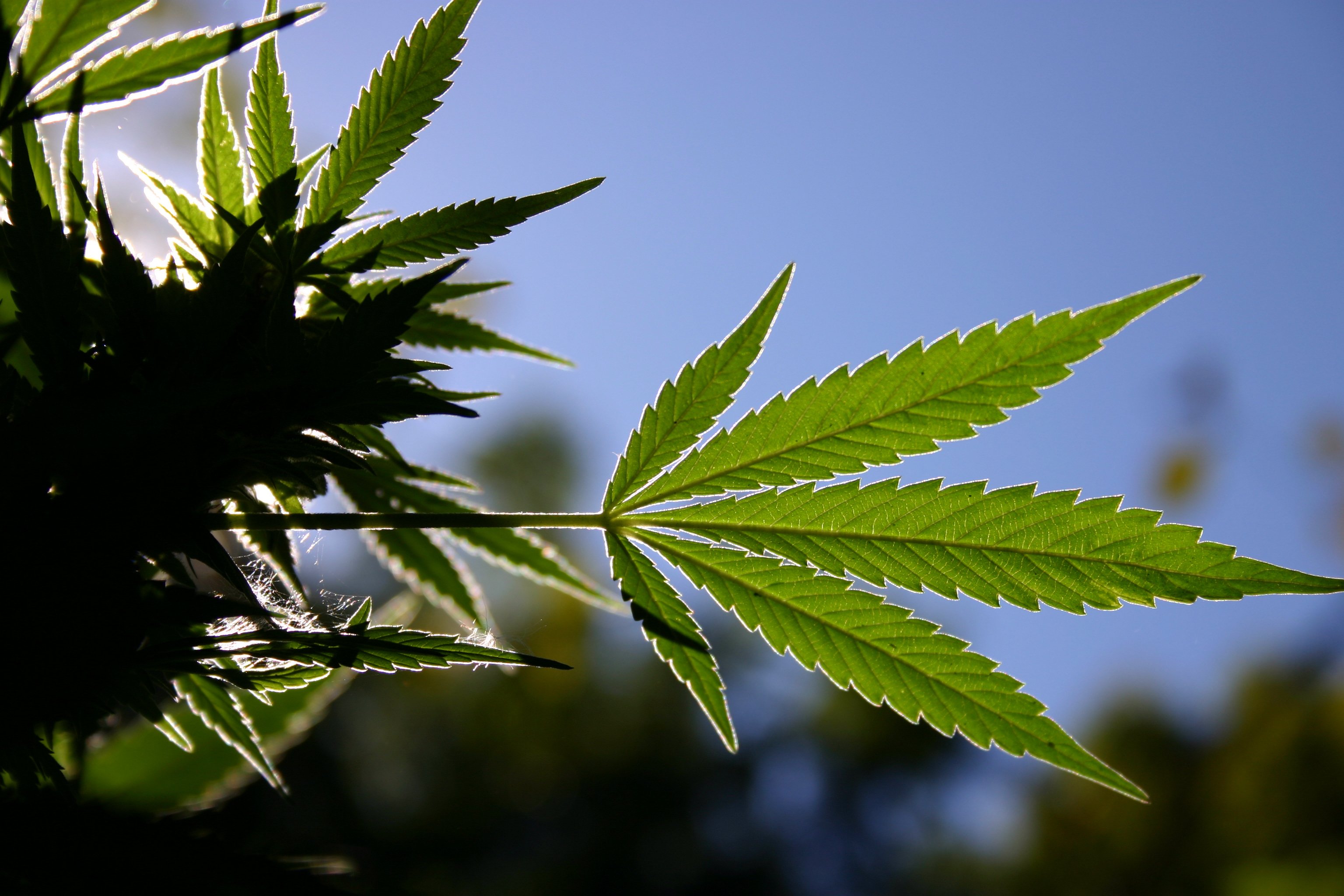
Source: Thinkstock
Gogek cites the National Survey on Drug Use and Health that he says shows “that the number of teens who smoked pot over the past month increased by 33 percent in medical marijuana states, but only by 6 percent in the rest of the country.” He also cites a global study published last year that reported that the vast majority of medical marijuana use—91%—use marijuana for pain relief and only 6% use it to treat diseases. Gogek says, “[N]early all the ‘medical’ marijuana goes to drug abuse.”
The article is available on the Opinion page of the Philadelphia Inquirer.
Teens Who Use e-cigarettes Are Also Vaping Marijuana, Study Finds
As the number of U.S. teenagers using electronic cigarettes increases sharply, a new study has revealed another use for the device: vaping marijuana.
Roughly one-fifth of high-school students who have tried e-cigarettes said they also put cannabis, hash oils or THC-infused wax into the device, according to a study published in the journal Pediatrics on Monday.
“This is a relatively novel way of using marijuana, and kids are using it at a fairly high rate,” said Meghan Morean, co-author of the Yale University study and now assistant professor at Oberlin College, according to Yale News.
“The smell of vaping marijuana isn’t as strong as smoking it, plus the similarity in appearance of hash oil and nicotine solutions make this a really inconspicuous way of using marijuana,” Morean said. The authors note that vaporizing cannabis in liquid form can produce a much stronger effect than smoking the dried leaves.
Read more at MarketWatch.
First Legal Harvest of Marijuana Fueling Gray Market for Pot in US Capital
In upper Northwest Washington, marijuana buds the size of zucchinis hang drying in a room once reserved for yoga. In the Shaw neighborhood, pot grown in a converted closet sits meticulously trimmed, weighed and sealed in jars. Elsewhere, from Georgetown to Capitol Hill to Congress Heights, seven-leafed weeds are flowering in bedrooms, back yards and window boxes.
Welcome to the first crop of legal pot in the nation’s capital — where residents may grow and possess marijuana but are still forbidden to sell it.
In recent weeks, a small army of mostly novice gardeners who took up growing when the District legalized marijuana in February have begun to roll, pack and smoke the joints, bongs and bowls of their labor. By one estimate, they have collectively grown upward of 100 pounds with a street value north of a half-million dollars — far more than most of these amateur cultivators are likely to consume on their own.
Read more at the Washington Post.
Ahead of 2015 Vote, Campaign Pushes Marijuana Tax Question in Colorado
The only statewide ballot question in the 2015 election offers a clear choice on how to handle $66.1 million in marijuana taxes collected in the first year of legal pot.
Should lawmakers have permission to spend the money on school construction and other programs? Or should the state refund the money, giving most of it back to recreational pot growers and users?
The measure’s author hopes it’s an easy choice. Earlier this month, state Sen. Pat Steadman, D-Denver, launched a low-profile campaign to gather support ahead of the November vote on Proposition BB.
Steadman designed the language to push voters in a particular direction, working from the foundation that voters twice approved measures in recent years to tax recreational marijuana, starting with the 2012 initiative to legalize pot.
“I sort of wrote it assuming there wouldn’t be much of a campaign, so it needed to sell itself with surface appeal and have popular elements in it, like the school construction money,” Steadman said in an interview.
Read more at The Denver Post.
Food Company Turns Pot Pant’s Castaways into Profits
In the pot business, one person’s trash really can be another person’s profit.
A part of the cannabis plant that used to get tossed into the garbage has become a sought-after ingredient for one of the more lucrative corners of the legal marijuana business.
Those excess cannabis leaves, known as trim, are a key ingredient in products like the chocolates, candies and lotions Tripp Keber’s company, Dixie Brands, makes at its Colorado factory.
Read more at Yahoo! Finance.
Campaign 2016 and the 420: Marijuana Policy and the Coming of Big Weed
Is marijuana a weed, or plant? That is, is marijuana a plant one does not want, or a plant that one does? Is marijuana a plant one wishes to pull up, or cultivate? For many years, public policy has deemed marijuana a weed, while at at the same time a steadily increasing fraction of the public has consumed it, as a plant. Has that fraction increased enough over the last generation to create a public policy tipping point, as happened with gay marriage? As a spoiler alert, I don’t think quite yet — judging by the cautious positions taken by Democratic candidates in the 2016 campaign — but in the same way that gay marriage in the 2000s was a good deal more palatable politically than overthrowing patriarchy in the 1970s, so marijuana as big business will be more palatable to the political class of today than just about anything.
So in this post I’ll assess the tipping point, by looking at usage, and briefly look at marijuana harms, to frame the arguments of marijuana opponents. Then I’ll look at marijuana as an industry business, marijuana and 2016’s candidates, and what sort of public policy might emerge after a tipping point. Finally, I will reconsider marijuana as a plant, which will cast doubt on the public policy the country seems to be moving slowly to adopt.
Read more at Naked Capitalism.
ALSO READ: Marijuana Price Inches Up to $2,133
Essential Tips for Investing: Sponsored
A financial advisor can help you understand the advantages and disadvantages of investment properties. Finding a qualified financial advisor doesn’t have to be hard. SmartAsset’s free tool matches you with up to three financial advisors who serve your area, and you can interview your advisor matches at no cost to decide which one is right for you. If you’re ready to find an advisor who can help you achieve your financial goals, get started now.
Investing in real estate can diversify your portfolio. But expanding your horizons may add additional costs. If you’re an investor looking to minimize expenses, consider checking out online brokerages. They often offer low investment fees, helping you maximize your profit.
Thank you for reading! Have some feedback for us?
Contact the 24/7 Wall St. editorial team.



